Some records were created before an event took place, usually in preparation for the event itself. The issuance of a marriage license does not guarantee that the marriage ever took place. The announcement of marriage banns also is not evidence of the actual marriage. Even a church bulletin announcing my baptism that day in church does not guarantee it took place. It does indicate the event was planned and scheduled for that day. And, in all likelihood, it did take place. But if one document said something was going to happen and other reliable information indicated that event did not happen, remind yourself that not every event intended to be actually comes to pass.
When searching databases that contain full text of obituaries, make certain to search for the names of living family members who may have been listed as survivors in the obituary. Don’t just search obituaries for the dead. A big thanks to GenealogyBank for being our sponsor!
Yesterday’s tip contained a sentence fragment from an early draft of the tip that never was deleted. It is easy to overlook typographical errors, errors in fact, spelling and grammar errors, etc. Always take one last look to proofread something, preferably some time after you originally wrote it. My personal ranking for errors (starting with the ones that I think are the worst): factual errors spelling errors typographical errors grammar errors Actually two and three are pretty close. And while all errors I make frustrate me, errors in fact bother me more than grammar errors. A big thanks to GenealogyBank for being our sponsor!
Never cite a source unless it was actually in your sight. It’s simple: If you saw a tombstone’s picture on FindAGrave, cite that website–do not indicate you were in the cemetery yourself or took the picture yourself. If you saw a transcription of a will in a published book, cite the book and that book’s transcription–do not cite the will itself. If your Mother told you something about her mother, cite your mother as the source-do not cite Grandma as you didn’t hear Grandma actually say that something. Whether the source is accurate is another story. We just want our citations to accurately reflect what used. To learn everything you ever wanted to know about citations, see Evidence Explained.
Do you know what is meant if you encounter the word “venter?” That’s the word used in this 1824 will from Tennessee. In this case the word is referring to a wife or mother as the “source of offspring.” The intent here is to make it clear which children are to receive this specific inheritance. It’s not a mistaken reference to a vintner. That’s something else entirely. [this tip originally appeared on our old blog in early 2015, but we thought it was worth reposting]
Some last names sound like first names and some first names sound like last names. WIth names in a foreign language, it can be easy for the unfamiliar ear to not know which is which. A relative Panagiotis Verikios is enumerated as Verikios Panagiotis in an early 20th century census. I even am sometimes referred to by my last name of Neill. And that man your ancestor married named Tinsley Rucker? He could easily be referred to as Rucker Tinsley.
We don’t have popups on our blog page asking you to subscribe. There’s a link to subscribe or unsubscribe on every page of our blog. There are no popups because I don’t like them. It’s a good way to increase subscribers, but the fact remains that I do not like the popups. My email is also on the subscribe/unsubscribe page for those who have subscription management issues.
Determine who shares your ancestor’s residence in a city directory by browsing all the entries for the last name of interest. All household members will not be listed, but often grown children still living at home, but working outside the home, will be listed.
All of us sometimes need to be reminded of things. For me–it’s spelling a last name consistently when writing about one specific person or couple. In writing a narrative about two members of my Behrens family, I alternated between Behrends and Behrens. I need to choose one spelling. Documents and records should be transcribed as they are written. But when writing expository paragraphs about an individual, I should use a consistent spelling.
Never be so stuck on an initial conclusion that you avoid other reasonable scenarios or avoid looking for records because the person you need to find “simply cannot be in that location.” A relative concluded a family member returned to Germany for a visit and returned to the United States simply because the ancestor could not be located in the 1870 census. The story of the trip was repeated enough that it became an accepted fact. It’s easy to jump to conclusions when we are first starting out. We can sometimes “break brick walls” by going back and reviewing those initial conclusions. A big thanks to GenealogyBank for being our sponsor!
Today’s tip comes after a discussion we had on Facebook regarding a chart I made a few months back. The term “farm wife” covers a lot of ground–figuratively as well as literally. If you know details of what your “stay at home ancestor” did, include that in your research notes. Make certain to include how you came to know this information–don’t include what you don’t have some sort of source for. It was not unusual to find my Grandma Neill doing a variety of barn and other farm chores. My other Grandma didn’t do barn chores. If you know some of the details of what your “farm wife” ancestor did, have you included that in your research notes? And even if your ancestor wasn’t a farm wife, there’s […]
Tell your ancestor’s story as accurately and as completely as you can, citing your sources along the way. It really doesn’t matter if your citation punctuation is incorrect–as long as your citation is complete. That’s still no guarantee you’ll get it all or that you’ll get it completely “right,” but it’s an excellent way to start. If you want to get your citations correct, you can use Evidence Explained your guide, but the world will not end if your punctuation is incorrect. Seriously.
Years ago, I discovered my ancestors on an 1853 passenger list. I didn’t read any other names. Later I did. It turned out that there were other relatives on the manifest. The family immediately after the ancestral family was the niece of the father and her family. Twenty entries before the ancestral family was the married daughter and her small child. Read the entire passenger manifest. Think about the names. There may be more there than you think. People like to travel with others they know when they can.
Do you have any heirloom plants and have you documented their story along with your other genealogical information? This tiger lily originally belonged to my great-grandmother, Tjode (Goldenstein) Habben (1882-1954) who gave bulbs to her daughter, Dorothy (Habben) Ufkes (1924-2008), my maternal grandmother. Take pictures of your plant and write down as much of the story as you know, including various locations where the plant grew and who owned it.
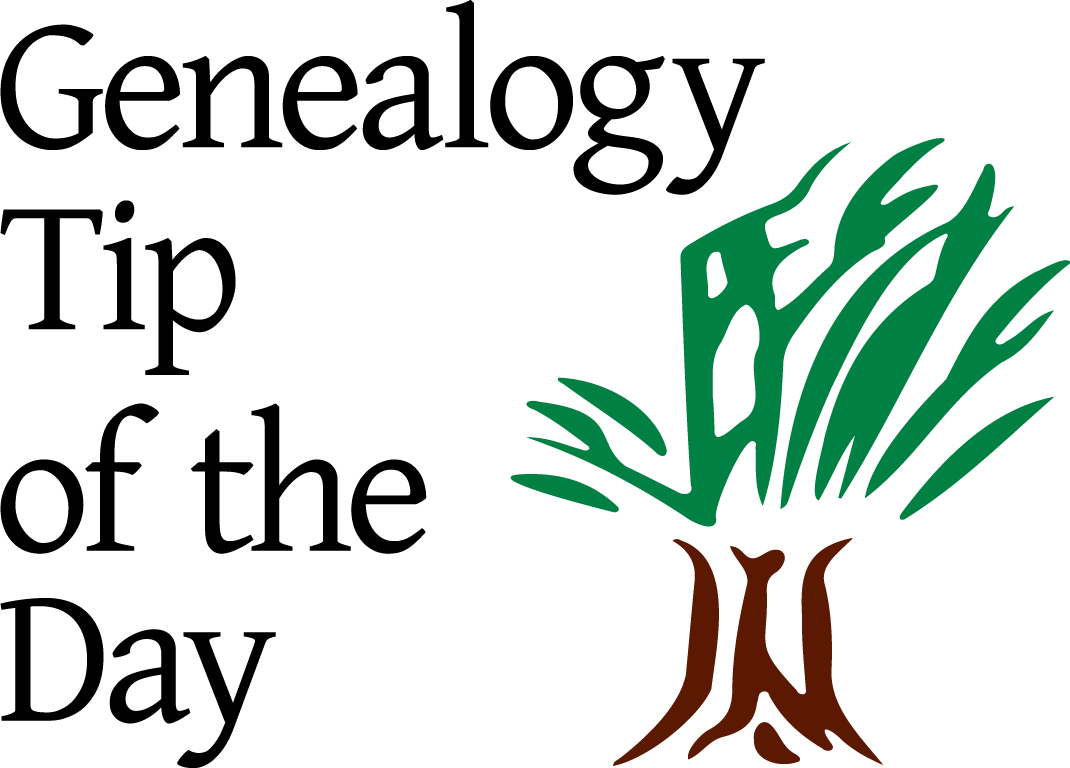
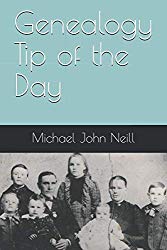
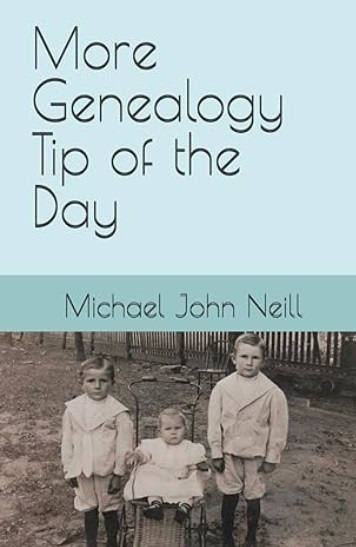


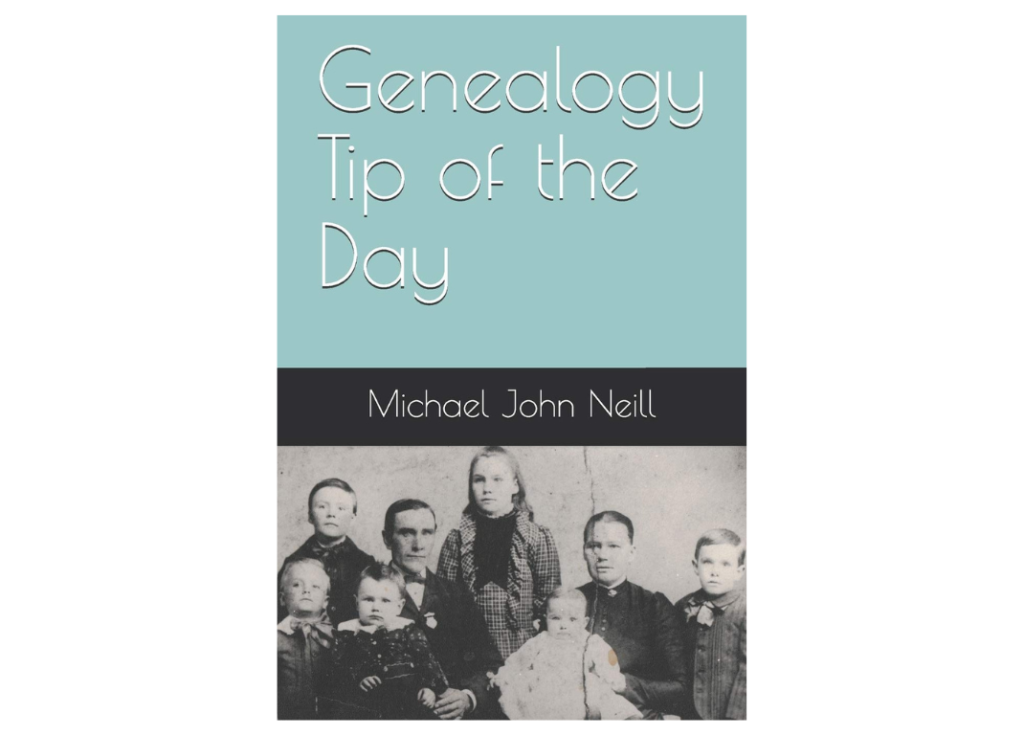
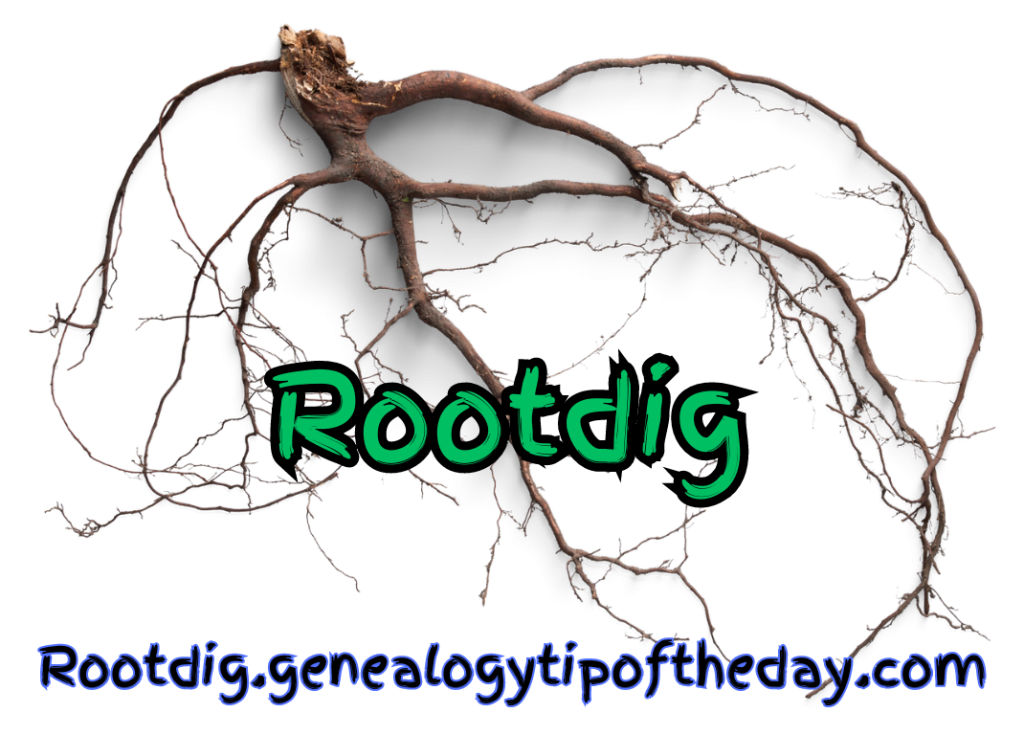

Recent Comments